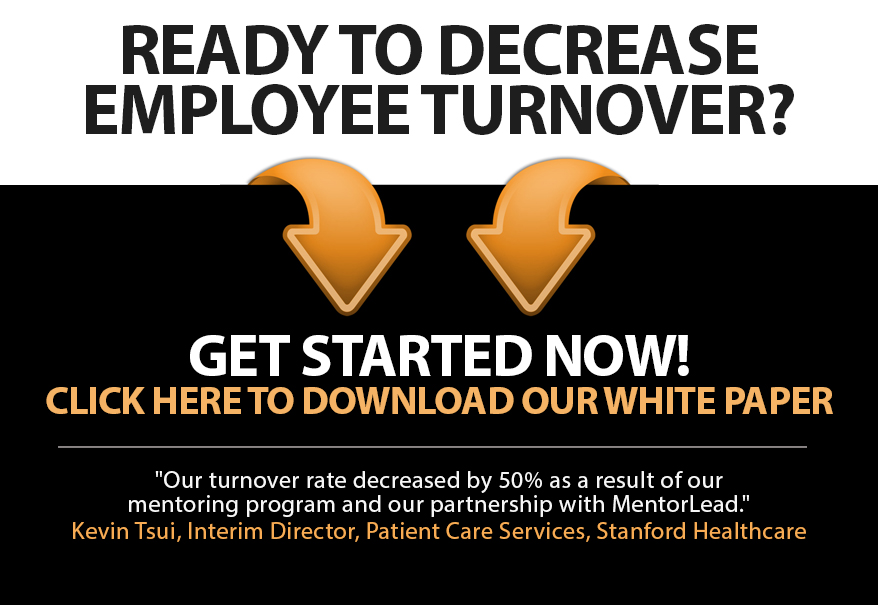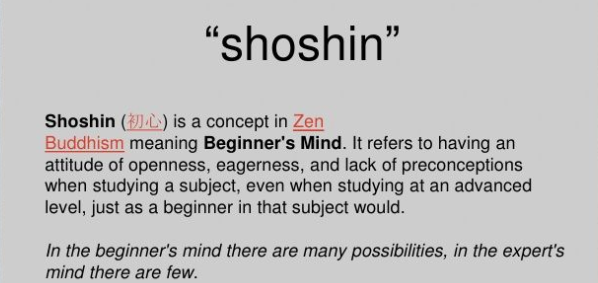Are You Playing? (inspired by the movie Tag)
We don’t stop playing because we grow old.
We grow old because we stop playing.
(attributed mostly to George Bernard Shaw, sometimes
to Benjamin Franklin or Johann Wolfgang Von Goethe)
This line was quoted in the movie Tag, which I had the joy of watching recently.
Based on a true story, the movie showcases a group of adults who have continued their game of tag since they were kids… over 23 years!
By definition, “play” is engaging in an activity for enjoyment and recreation rather than for a serious or practical purpose.
When I was a kid, my friends and I…
- went snowmobiling in the winter
- ran through sprinklers in the summer
- roller-skated in the basement
- tossed the football in the backyard (to this day, I throw a mean spiral!)
- rode big wheels and bicycles
- jumped on every swing we found
- played board games when it rained
- went swimming in the lake when it didn’t
Why don’t we play more like this as adults? Perhaps we perceive that as grown-ups we must engage in serious and practical activities. Isn’t play simply an unproductive use of our time?
But what if play actually is practical and productive?
Psychiatrist Stuart Brown’s research revealed that play is critical for connecting with strangers, rekindling relationships, solving problems creatively, and boosting productivity. And it’s a catalyst for joy and happiness!
So how can we ripple more play into our day?
By making time for whatever activities we enjoy needlessly:
- Jigsaws puzzles, board games, cards
- Reading
- Theater, television, movies
- Dancing, singing, playing instruments
- Kayaking, bicycling, walking
- Knitting, painting, pottery
- Playing fetch with dogs and make-believe with kids
- Creating new adventures or experiences
Dr. Brown compares play to oxygen, “… it’s all around us, yet goes mostly unnoticed or unappreciated until it is missing.”
The first step to inhaling play? Give ourselves permission to play without producing or progressing anything.








